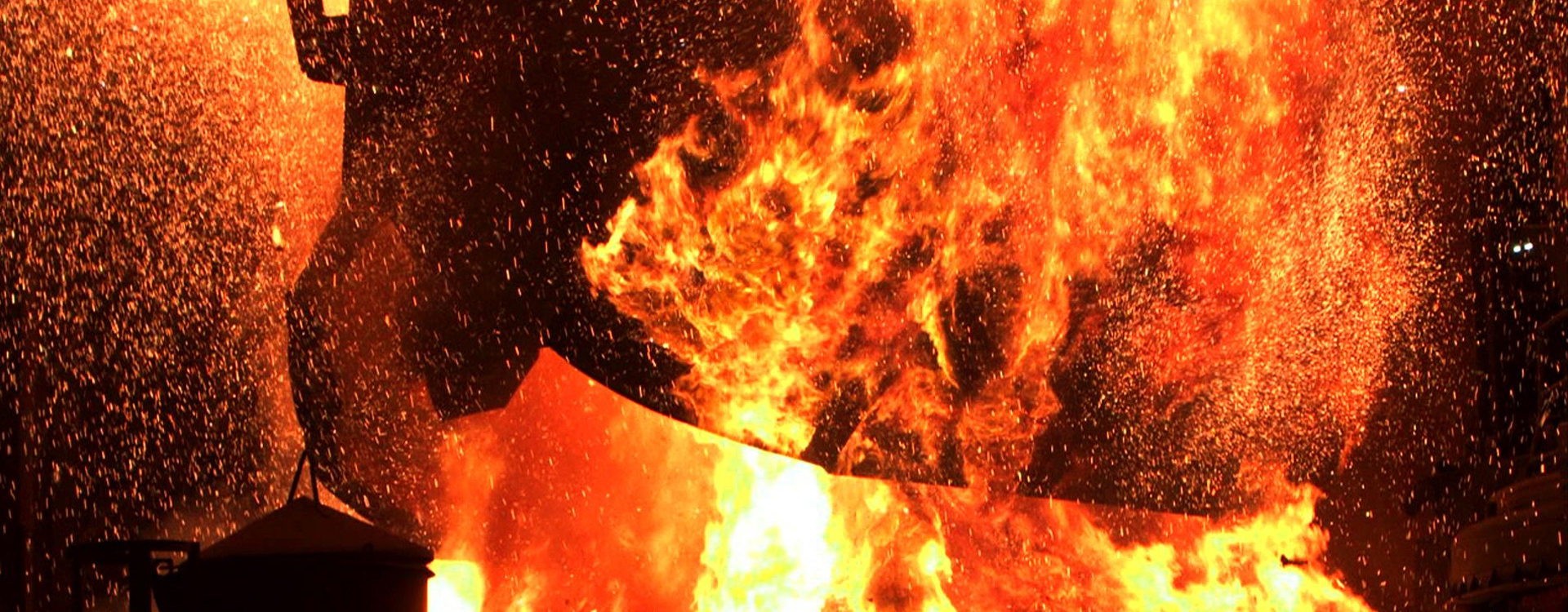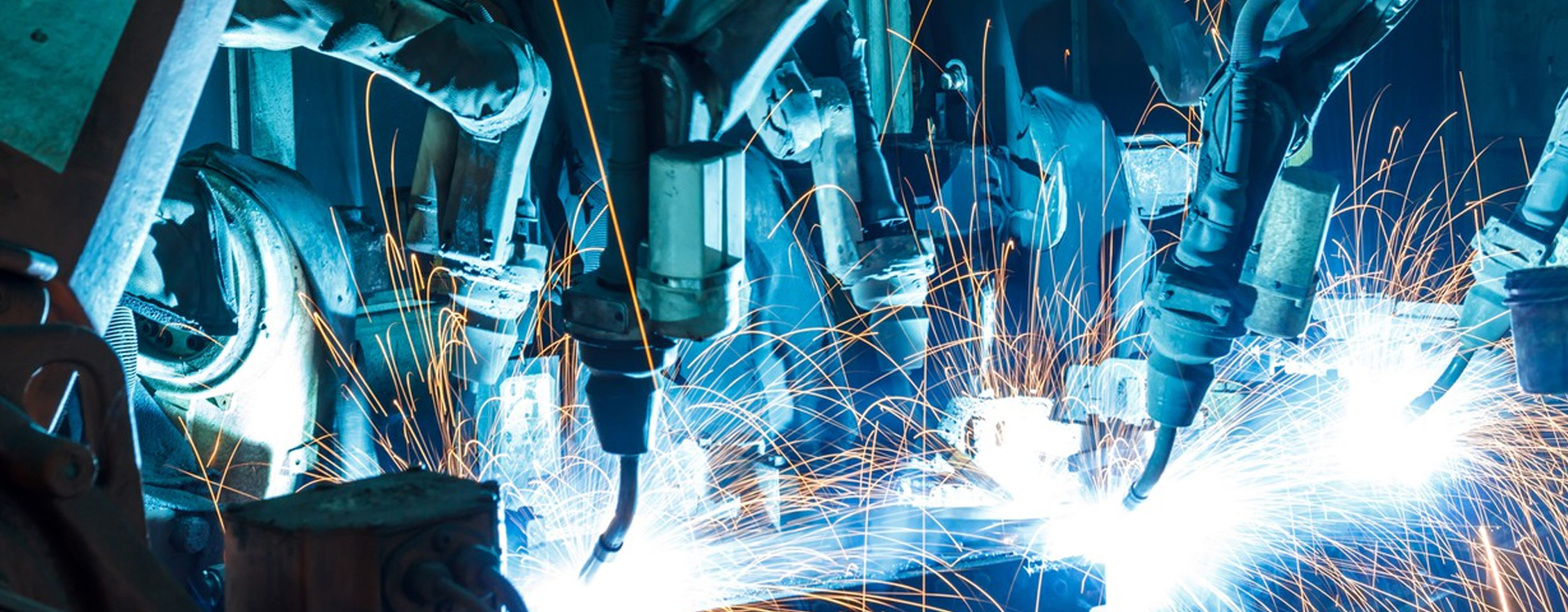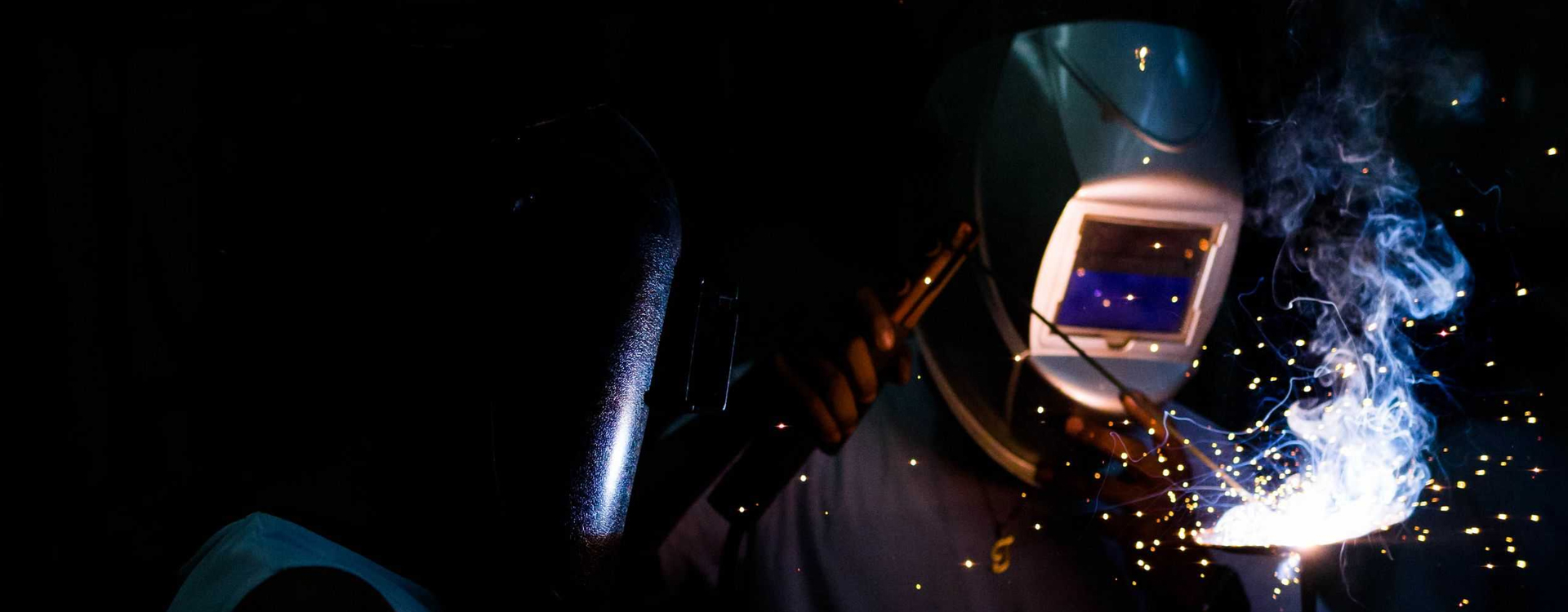Seminar Details
Radiation damage in the metallic materials is a stochastic event both in temporal and spatial scales. The cladding and the structural components of the nuclear reactors are exposed to extreme conditions like high-energy particle collisions (kilo electron Volt to Mega electron Volt range), elevated temperature, thermal shocks, and chemically corrosive environments. Consequently, the structural components suffer transmutation in metallic microstructure, mechanical behavior, and thermodynamic characteristics respectively. The real-time evolution of the initial radiation-induced defect caused under the impact of highly-energetic neutron or ionic bombardment, which originates within few picoseconds in atomistic range, is difficult to record and investigate. The thesis work is dedicated to understand and draw insights of the evolution of various defects evolved within the irradiated metallic systems (Cu, Nb and FeNiCrCoCu high entropy alloys (HEAs)), for example, vacancies, interstitials, dislocations segments, Frank loops, point-defects clusters etc. The original contribution of this thesis includes the study of radiation response of the irradiated metallic systems and its alloys at varying grain boundary orientations, grain architecture, primary knock-on atom (PKA) energy magnitude, PKA direction, PKA positions from interfaces within crystallographic lattice and temperature regime closer to nuclear plant operating temperatures respectively. The amalgamation of the grain boundary (GB) engineering concepts to the radiation cascade simulations have been implemented in this research work. Nanostructured materials strongly arrest the radiation-induced defects as the grain boundaries serve efficient defect sink sites. The synopsis of the present thesis work elucidates the study and futuristic application of nanostructured and nanolaminated metallic systems as favourable radiation-tolerant material in next-generation reactors.



